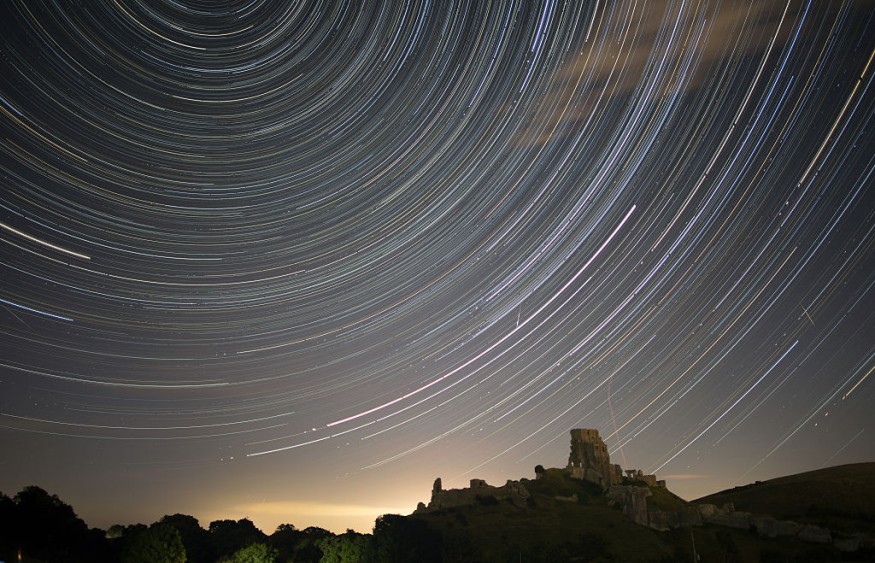
As a 'mega-constellation' of satellites are littered into space, researchers warn a significant threat this poses to Earth.
For instance, on July of 1979, when a space debris fell to Earth, it proved that not all launched into space disintegrates and disappears. However, the concern does not stop to an instance where a debris lands on somebody's head. Research warns that space junks also pose a risk of light pollution that blocks our view of the cosmos.
These 9,300 tons (8,440 metric tons) of space objects that researchers had found orbiting the planet, including ones that are inoperative, accounts for the increase of overall brightness of the night sky by more than 10%.
Such threat would prevent researchers and astronomers to take accurate measurements and miss significant discoveries altogether.
Space junks make it impossible to get a clear picture
Researchers said that satellites and space debris ruin astronomical images as it scatters reflected sunlight, making the picture often brighter.
In their study, they found that light level across large areas of the planet exceeded a threshold that astronomers had considered 'light polluted', set over 40 years ago.
"Our primary motivation was to estimate the potential contribution to night sky brightness from external sources, such as space objects in Earth's orbit," said lead author Miroslav Kocifaj of the Slovak Academy of Sciences and Comenius University in Slovakia. "We expected the sky brightness increase would be marginal, if any, but our first theoretical estimates have proved extremely surprising and thus encouraged us to report our results promptly."
The research focused mainly on the overall impact of space objects on our night skies rather than the effect of single space debris, obscuring astronomers' images of the cosmos, such as the clouds of stars in the Milky Way.
Not too late to save our night skies
With the growing industries sending off large arrays of satellites into space for commercial uses like internet access, our night skies could get even junkier and brighter.
In fact, 12 more operators from Amazon, SpaceX and OneWeb, plans on expanding their existing networks by launching new mega-constellation satellites, increasingly crowding the night skies.
Astronomers have grown uneasy in the recent years, especially with the chances of satellites colliding with each other, which is why the European Space Agency (ESA) proposed one solution to the problem.
The space agency plans to launch in 2025 a four-armed robot into space that grabs individual items of junk and objects, like robot cleaners. In the meantime, ESA expects and hopes that agencies that launch satellites take responsibility in cleaning up what they've littered.
A team of Australian scientists even suggested using telescope lasers to "give humanity an edge in war against space junk."
John Barentine, Director of Public Policy for the International Dark-Sky Association and a study co-author said that their research implies that "many more people than just astronomers stand to lose access to pristine night skies."
© 2025 NatureWorldNews.com All rights reserved. Do not reproduce without permission.





